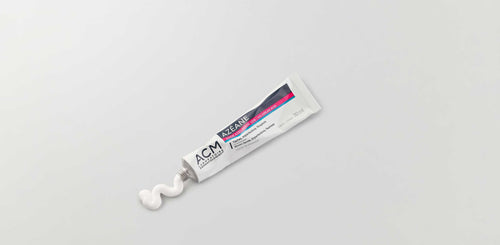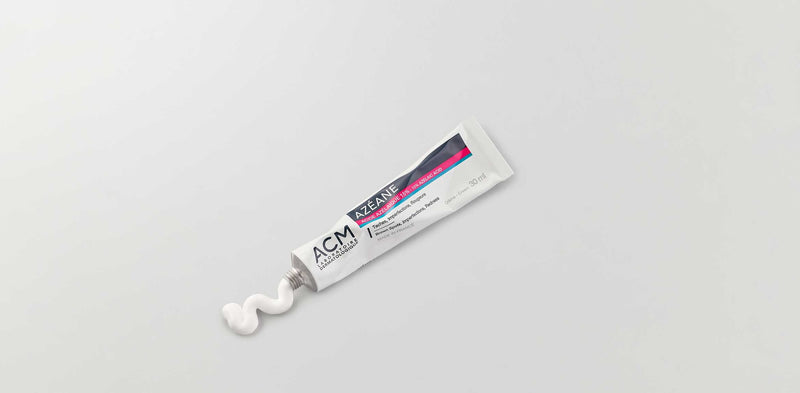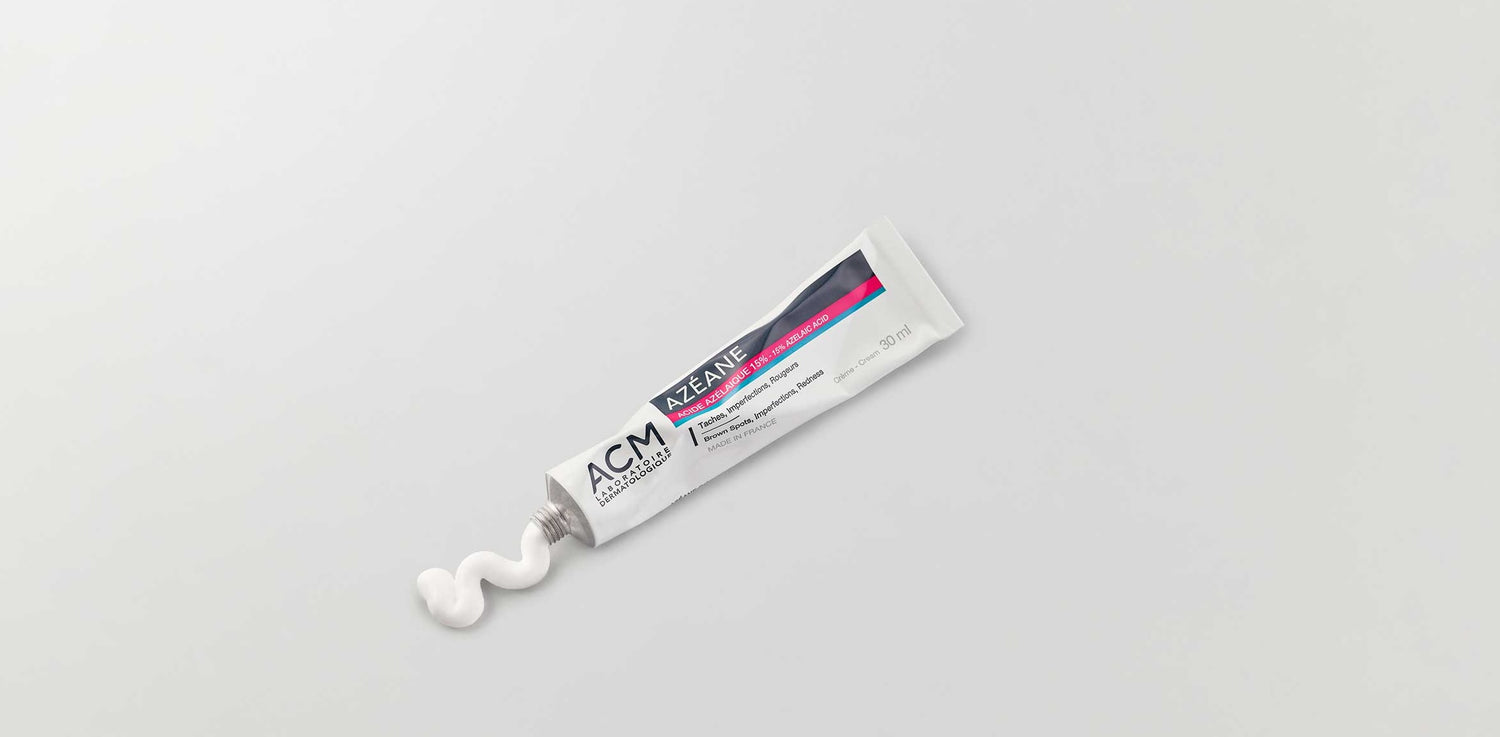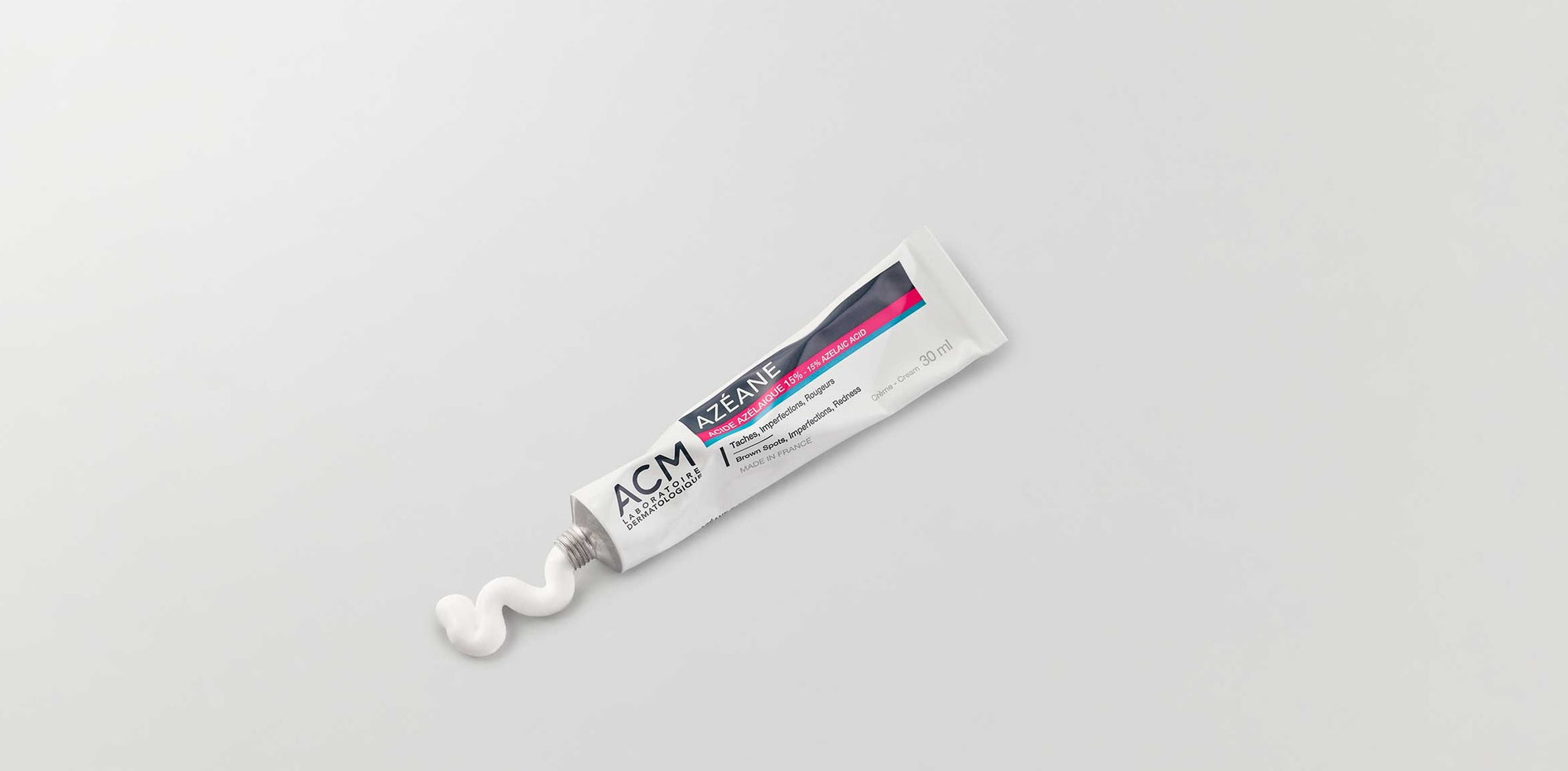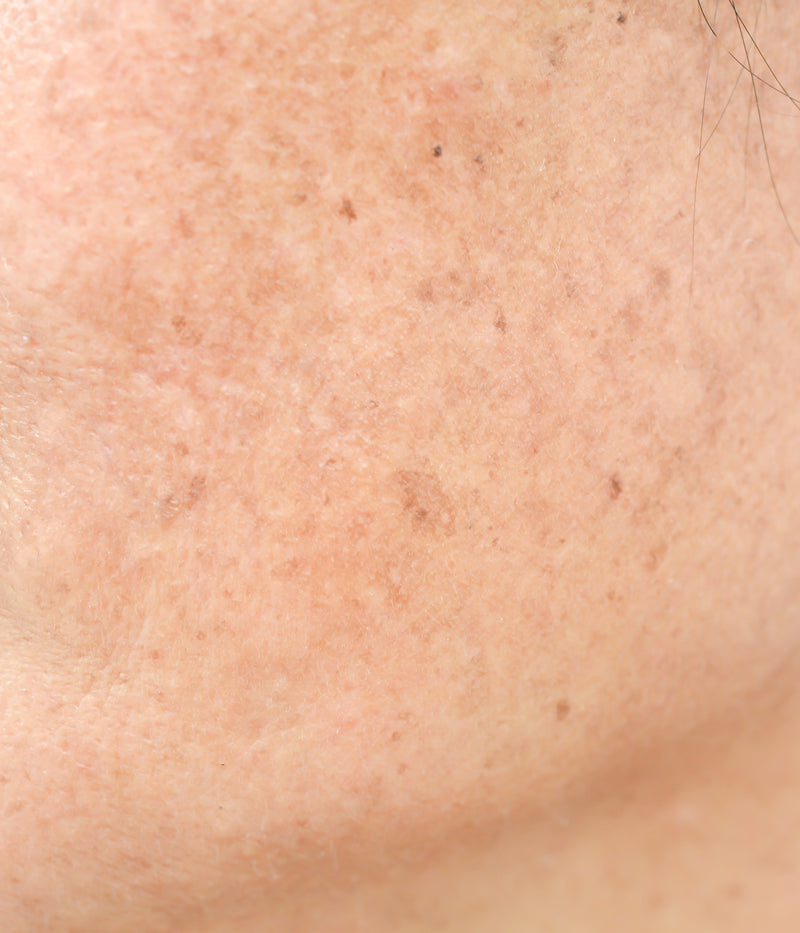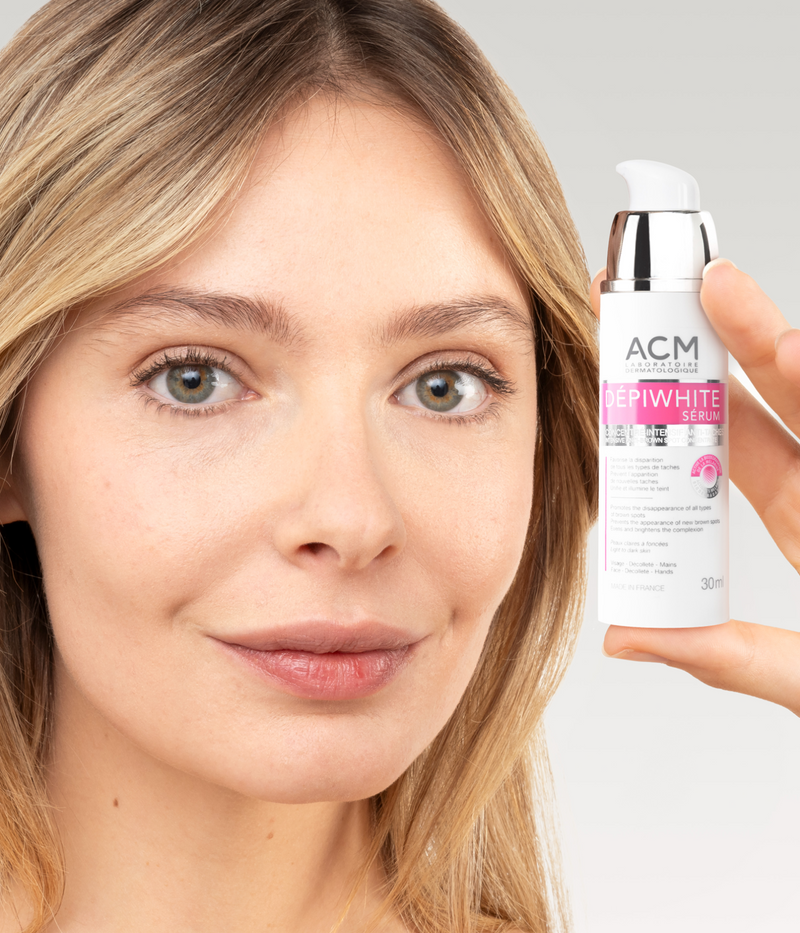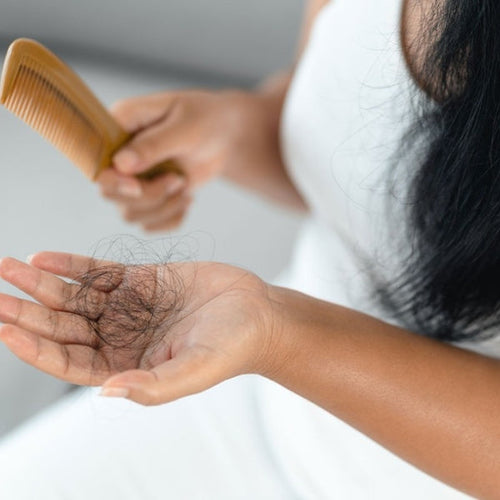
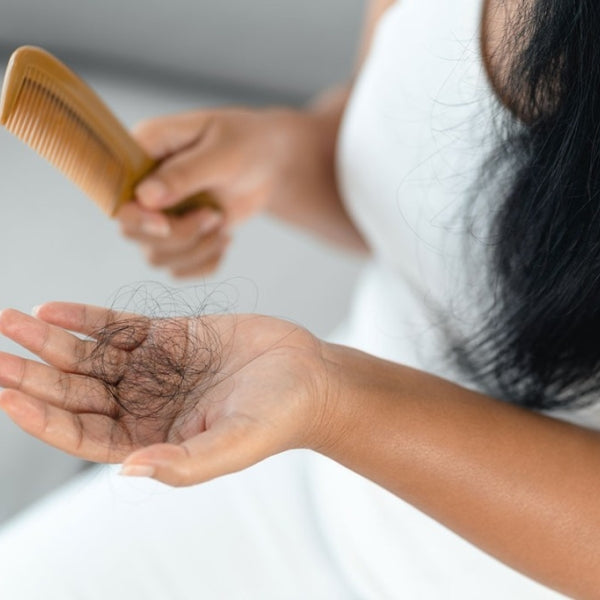

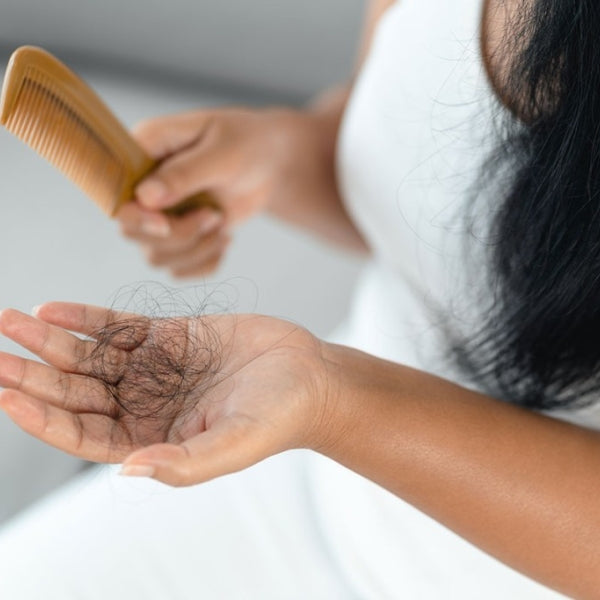




What is female pattern baldness and how to treat it?
Summary
What are the different types of alopecia in women?
Alopecia is a general term for hair loss, regardless of the cause. There are several types and women can also be affected by baldness or diffuse hair loss.
Androgenetic alopecia in women
If androgenetic alopecia affects 1 in 2 men from the age of 50 according to the website of the French Society of Dermatology (this is the famous baldness), women are also not spared by this phenomenon of progressive thinning: according to the medical information website Vidal, after the age of 40, 1 in 5 women suffer from this type of hair loss.
Female baldness is different from male baldness:
- It mainly affects the top of the skull and the central parting;
- It spares the front edge;
- It is never complete and there is always some hair left, even if it is very sparse.
Chronic telogen effluvium in women
Unlike female pattern baldness, chronic telogen effluvium is characterized by diffuse hair loss, i.e. on all areas of the scalp. Although it initially resembles classic telogen effluvium, which occurs following a triggering event such as childbirth, an infection or a psychological shock, its persistence over time (more than 6 months) causes it to become a chronic condition.

Female alopecia due to drug treatments
Female alopecia can occur after taking certain medications. Hair loss occurs a few months after starting treatment and lasts until the treatment ends or the doctor changes the prescription.
Drug-induced alopecia is one of the side effects of:
- the contraceptive pill;
- antidepressants;
- thyroid treatments;
- anticoagulants;
- acne medications from the retinoid family;
- anabolic steroids;
- anticonvulsants;
- anti-cholesterol treatments;
- and medications to treat high blood pressure.
Female alopecia caused by chemotherapy
Chemotherapy and radiation therapy can disrupt the growth phase of hair and cause rapid hair loss. Typically, alopecia occurs two to three weeks after starting cancer treatment , according to the National Cancer Institute website, with the most hair loss occurring between the first and second months. The scalp is often the most affected, but any body hair (including eyelashes and eyebrows) can also be affected.
Traction alopecia in women
Traction alopecia is caused by styling habits that put tension on the scalp and cause hair loss over time. It is also called "bun alopecia," a reference to the tight hairstyles worn by ballet dancers.
In addition to the bun, tight ponytails, heavy braids, wearing hair extensions, frequent use of a hair straightener or curling iron, and frequent straightening can also damage the roots and cause traction alopecia.
What are the causes of alopecia in women?
In order to solve a problem of alopecia, that is to say to slow down hair loss and stimulate regrowth, it is necessary to identify the potential causes. A consultation with a dermatologist is recommended to obtain a diagnosis and initial answers.
Female alopecia: the hormonal cause
Androgens, male sex hormones, can be responsible for alopecia in women who are genetically predestined or who suffer from hormonal imbalance. Indeed, under the action of a substance derived from testosterone, DHT, the hair growth cycle is accelerated and shortened. The hair becomes finer and is increasingly sparse.
In women, other exogenous factors can promote alopecia, such as taking a contraceptive pill or hormonal treatments for menopause.

Female alopecia: nutritional deficiencies
Female alopecia can be caused by dietary deficiencies in iron, zinc and vitamins (B12, D, E etc.), nutrients essential for maintaining good general health but also dense, strong and shiny hair. This is why hair loss is often part of the consequences of a dietary disorder, weight loss or diet.
Female alopecia due to disease
Certain body conditions can cause alopecia in women. These include polycystic ovarian syndrome (PCOS), congenital adrenal hyperplasia, cutaneous lupus erythematosus, thyroid dysfunction, untreated diabetes, and depression.
Ringworm and alopecia areata, two diseases that affect the scalp, can also cause hair loss.
How to treat alopecia in women?
There are several effective treatments for treating female pattern baldness once the cause has been identified.
Discover the different therapies that can be offered to treat female alopecia.
Food supplements to strengthen hair
If iron and/or zinc deficiencies are confirmed by a blood test, an adjustment to the diet may be recommended (red meat, egg yolk, oysters, etc.), as well as taking food supplements that will provide the body with everything it needs to help make hair more resistant and voluminous.

Minoxidil lotion to treat baldness in women
Minoxidil lotion is the gold standard treatment for treating androgenetic alopecia in women. Depending on the dosage prescribed, it is applied 1 or 2 times a day to the scalp, and the first results on hair loss and regrowth are noticeable after 3 to 4 months of daily use.
GOOD TO KNOW
The lotion must be used long term because its effects stop when the treatment is stopped.
Hair supplements for aesthetic purposes
There are effective solutions to aesthetically mask hair loss in addition to drug treatments.
It is possible to use hair supplements such as wigs, prostheses or even densifying powders. Invisible to the naked eye, hair supplements are custom-designed which allows for a more natural appearance, especially in the case of diffuse baldness.
Phototherapy to energize hair
LED hair phototherapy (also known as "light therapy") is one of the various treatments that can help combat female hair loss and promote hair regrowth. An LED lamp (it can also be a helmet equipped with light diodes) is placed a few centimeters from the scalp and is set to a specific wavelength in order to stimulate the activity of the cells of the scalp.
To obtain the best results, it is recommended to carry out around ten phototherapy sessions, at a rate of 1 to 2 sessions per week, then to do 1 maintenance session every month.
What anti-hair loss care routine for women?
To slow the development of female alopecia and encourage regrowth, implementing an anti-hair loss hair care routine is a good idea. In addition to a specific shampoo, which will gently cleanse the hair while stimulating the scalp, applying an anti-hair loss leave-in lotion once a day, at the roots, can help increase hair density, strengthen weakened hair and promote hair regrowth.
Sources




